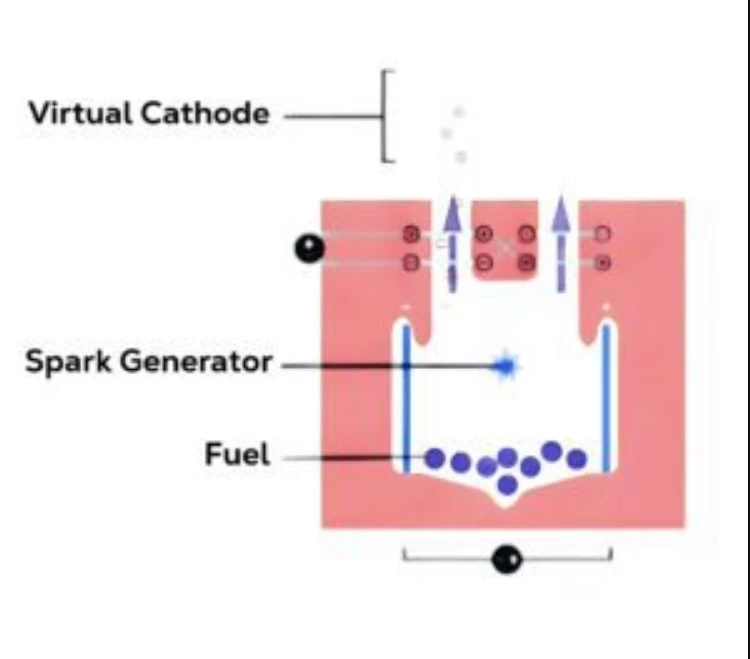Rocket science got a bit more science-fiction-like as RocketStar announces it has successfully demonstrated a new ion drive that incorporates nuclear fusion. It's not the sort of fusion that powers the Sun, but it does improve thrust by 50%.
In 1964, the Soviet Union launched its Zond 2 deep space probe for an anticipated flyby of Mars. The mission proved to be unsuccessful when all communications were lost about six months later, but it's still remembered for the experimental ion thrusters that it carried for attitude control.
Called pulsed plasma thrusters, these were deceptively simple in design with a plug of teflon at one end of a tube consisting of a cathode and an anode. When an arc of electricity zapped between these, some of the teflon vaporized, generating a small amount of thrust.

Such pulsed plasma thrusters never really caught on, but their simplicity and robustness of design has attracted the attention of engineers from time to time and they've been experimented with by NASA on its Earth Observing 1 mission in the year 2000.
All this would be a footnote in the history of space exploration if it weren't for a new twist added to the design by the US Air Force Research Lab (AFRL) and its commercial partners. What their scientists and engineers did was to fold in what is known as aneutronic nuclear fusion.
At first glance, mentioning a space engine that uses nuclear fusion seems like the sort of breakthrough that would get you a Nobel Prize by return post. In fact, it's a bit different from the sort of fusion projects designed to generate immense amounts of power by fusing hydrogen into helium and require massive plants with giant magnets and lasers.

What RocketStar is doing with its version of aneutronic nuclear fusion is using water for the propellant for its M1.5 FireStar Drive, which is a nuclear fusion-enhanced pulsed plasma thruster. It uses water for its propellant that's been laced with boron.
What happens is that when the water/boron mixture is zapped, the water molecules break up and high-speed protons are released. These protons collide with the boron atoms, fusing with them to create a very unstable carbon molecule called carbon-12. This breaks down almost immediately into alpha particles and a beryllium nucleus that, in turn, quickly breaks down into more alpha particles.
The result is a sort of afterburner effect where the released energy boosts the thrust by half and by mixing the boron with the water it eliminates the need for a boron metal screen. The FireStar Drive is scheduled to fly on D-Orbit’s proprietary OTV ION Satellite Carrier missions in July and October of this year.
"We are thrilled at the results of our initial testing on an idea that our team has been exploring for some time," said Chris Craddock, CEO of RocketStar. "On a napkin at a conference in Florida, I sketched this idea out and described it to Wes Faler, the founder of Miles Space. He was quite clever in developing both the base thruster and the fusion enhancement. We acquired Miles Space and Faler is now our CTO. So now I’m excited to take our already stellar thruster and make it fusion-enhanced with remarkable improvements in performance."
Source: RocketStar





